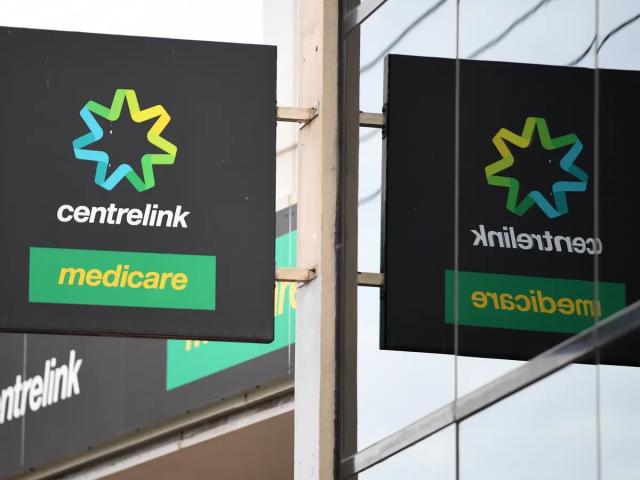
By Tyler Wright
Casey MP Aaron Violi is calling on the Albanese government to release information on how long locals are waiting on vital social security payments during the cost-of-living crisis.
In a senate estimates hearing on 31 May, it was revealed that Centrelink call wait times had ballooned from an average of 14 minutes in 2021 to 2022 to 20 minutes up until 31 March 2023.
In the 2022-23 financial year up until 31 March, 60.4 per cent of Centrelink customers were served within 15 minutes, Services Australia CEO Rebecca Skinner said.
“The current staffing is about 400 under the average staffing level for this year,” Ms Skinner said.
“The cap is 28,560 ASL for the 2022-23 financial year and we were at about 28,151 at the end of 30 March. We are actually just a bit higher than that now as we’ve entered into the final part of the financial year.”
Mr Violi has submitted questions to Minister for Government Services Bill Shorten to provide official data on how long it is taking for locals to get the help they need when they make a claim or visit a Centrelink office.
The questions will formally appear on the notice paper of the senate estimate hearing on Tuesday 13 June.
“I have met with constituents and regularly have calls to my office regarding Centrelink payment delays. Whether it be delays processing Youth Allowance, JobSeeker, delays in updating databases with new information or long periods on hold,” Mr Violi said.
“The staff at Services Australia in Lilydale are great and work really hard. It is important we get this data from Minister Shorten to determine how widespread these delays are and whether there is scope for the government to improve things – whether it be additional resourcing or otherwise.
“We simply cannot have people waiting weeks for a payment in the middle of a cost-of-living crisis.”
The Dandenong Ranges Emergency Relief Service (DRERS) is a not-for-profit organisation assisting people facing crisis, for reasons such as illness, unemployment, domestic violence, homelessness, and other hardship.
CEO Tania Bevan said DRERS has assisted “hundreds of people” in the past year from assistance with paying or contributing to bills to providing food and fuel vouchers, assisting with medical costs and providing information about utility relief grants, referrals and advocacy.
“70 per cent [of people] are on Centrelink, 26 per cent have no income and four per cent are on other income such as Workcover. Some of the 26 per cent are waiting for Centrelink payments to begin, so the numbers are high,” Ms Bevan said.
“I would like to see everyone who is eligible for Centrelink payments transition to receiving these payments as quickly as possible.”
Shadow Minister for Government Services, Paul Fletcher, said Australians deserve seamless, simple and safe service delivery from the government.
“The federal government must ensure people are spending less time on the phone or in a queue at Centrelink and more time in a job,” Mr Fletcher said.
“Unfortunately, Labor’s track record isn’t great – in February this year it was revealed that over 2.1 million Australians chose to terminate a call rather than wait on the phone to Centrelink.
“But there also needs to be a strong focus on enhancing digital platforms like MyGov, so more Australians can access vital information at their fingertips.”
Mr Shorten will have 60 days to answer the questions submitted by Mr Violi.
Mr Shorten’s office chose not to comment before receiving the submitted questions.







